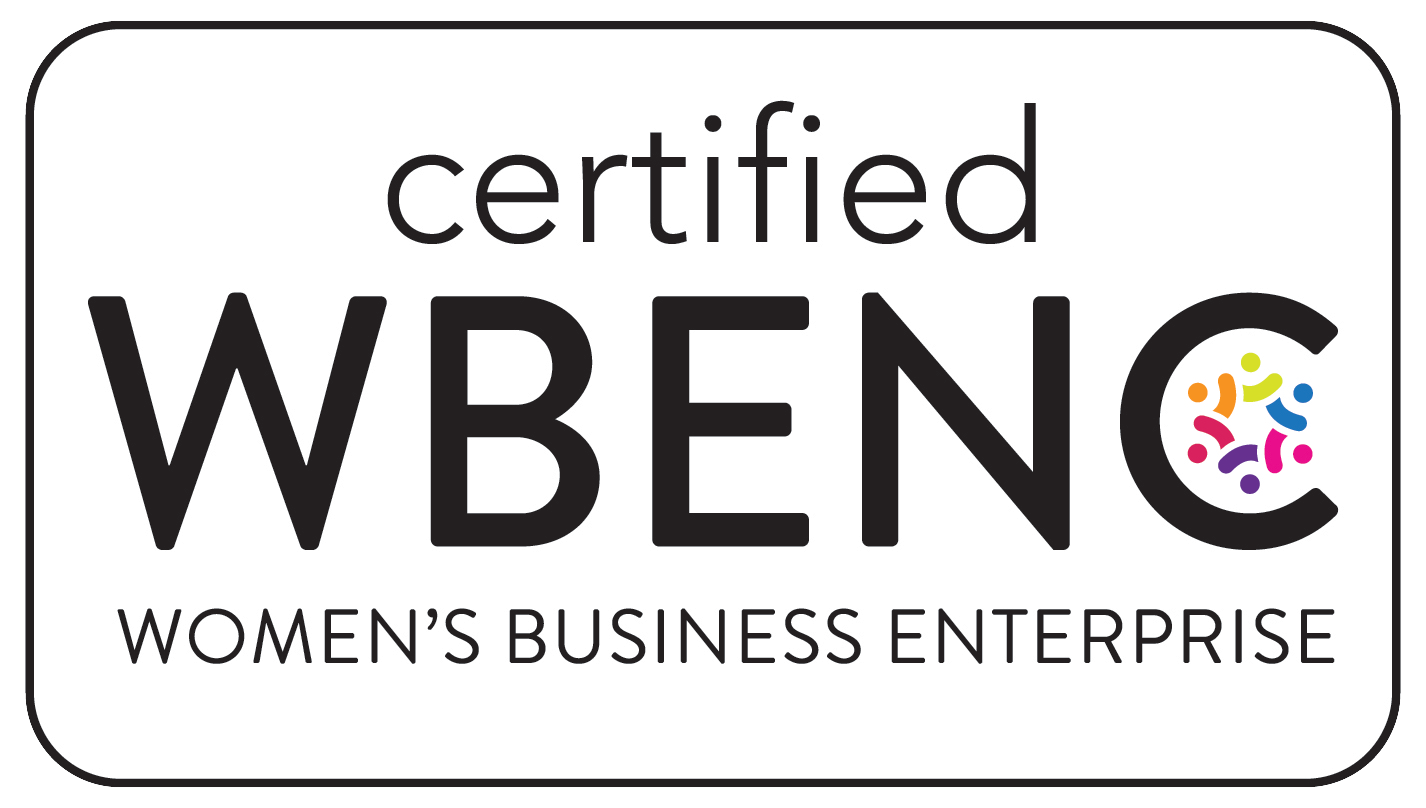Common Misconceptions of Direct Mail
 Direct mail is one of the most effective, yet misunderstood marketing tools. Take a look at the five most popular misconceptions — and learn how to respond so that your direct mail campaign gets off the ground.
Direct mail is one of the most effective, yet misunderstood marketing tools. Take a look at the five most popular misconceptions — and learn how to respond so that your direct mail campaign gets off the ground.
Myth: Direct mail is used to send junk mail.
Fact: Direct mail is far from junk mail. In 2015, the Direct Mail Association reports, more than 2.5 billion coupons were redeemed — and they were sent to the redeemers via direct mail. More than one-third of people under 30 look forward to checking their mail each day, and at least 42 percent of millennials, the generation who is suppose to be the most digitally minded, prefer direct mail political ads over online ads.
Myth: Direct mail is a dying industry because of new technology.
Fact: In a world where coupons and sales are e-mailed every day, there is something to be said for having a tangible copy. In fact, 66 percent of people are more like to remember a voucher, and the business who sent it, if they have a physical copy. As a result, marketers who integrate a variety of mediums find the best results.
Myth: Direct mail is unpopular and doesn’t reach customers.
As far as reach goes, not much is better. A majority of customers — 92 percent, to be exact — prefer direct mail for their purchasing decisions, and 79 percent of households read or scan direct mail ads. Customers are more likely to try a new company because of an ad, and are more memorable than other marketing avenues.
Myth: Direct mail isn’t environmentally friendly.
Fact: E-mail — and the Internet — use tremendous amounts of electricity, from the recipient’s device to the company’s equipment, to the host’s servers. Many main players in the paper industry, though, are very involved in reforestation, with some planting trees at a two-to-one ratio; others are even higher. Once the piece arrives at an individual’s house, it is more likely to be recycled.
Myth: Direct mail is expensive.
While printing and mailing a direct mail campaign might cost more than sending out an e-mail, it also has a higher return on investment. The average direct mail response rate was 4.4 percent for business-to-business or business-to-consumer mailings; e-mail had a .12 percent response rate. The return on investment and cost-per-lead was about the same as digital methods.
If you’re looking for a cost-effective way to overhaul your direct mail program, call us today. We’ve got more than 65 years in the direct mail business, and can help you get from print to post office.



